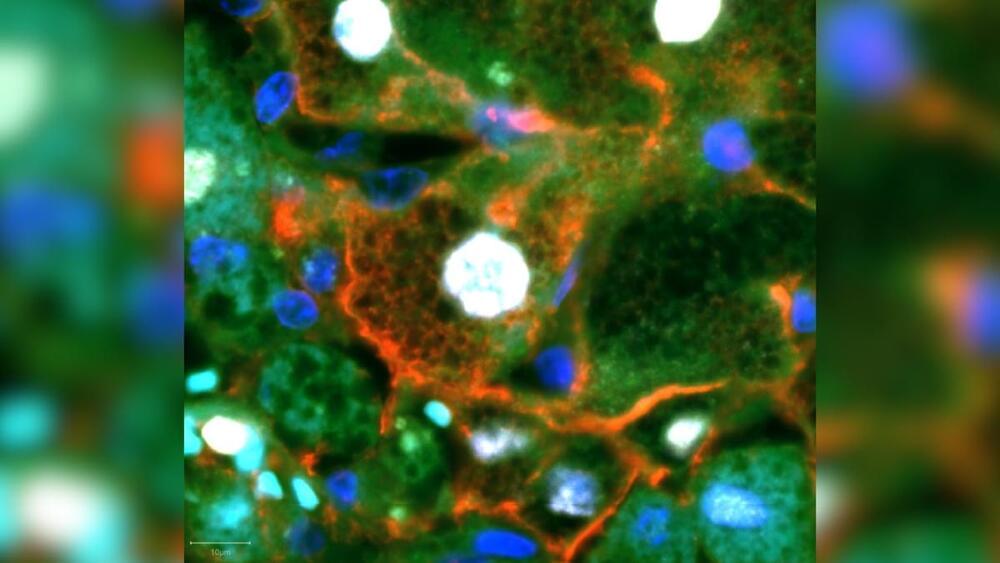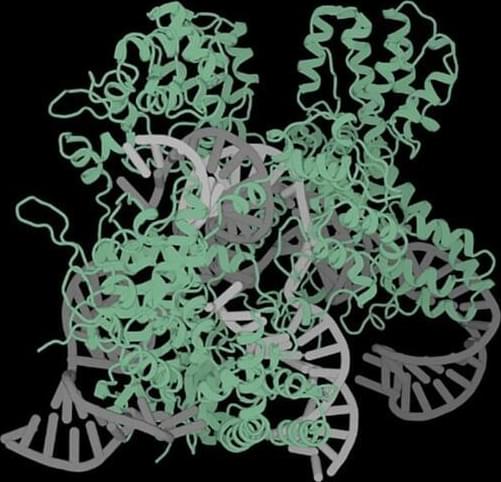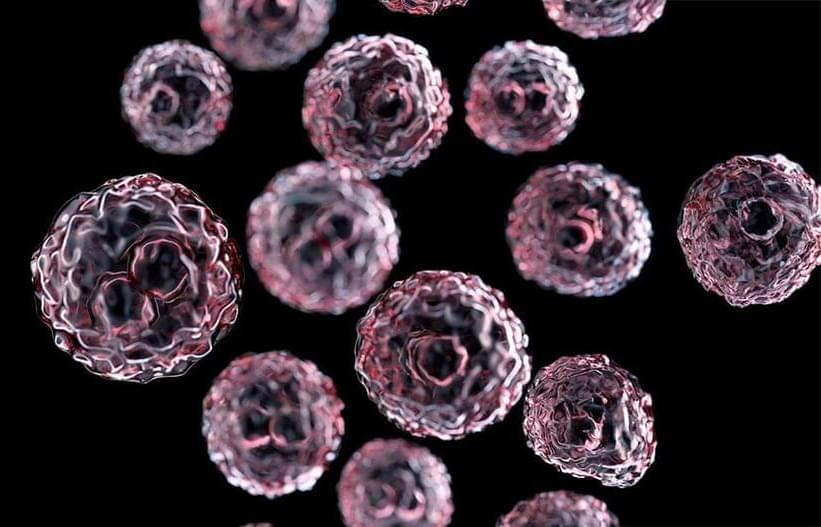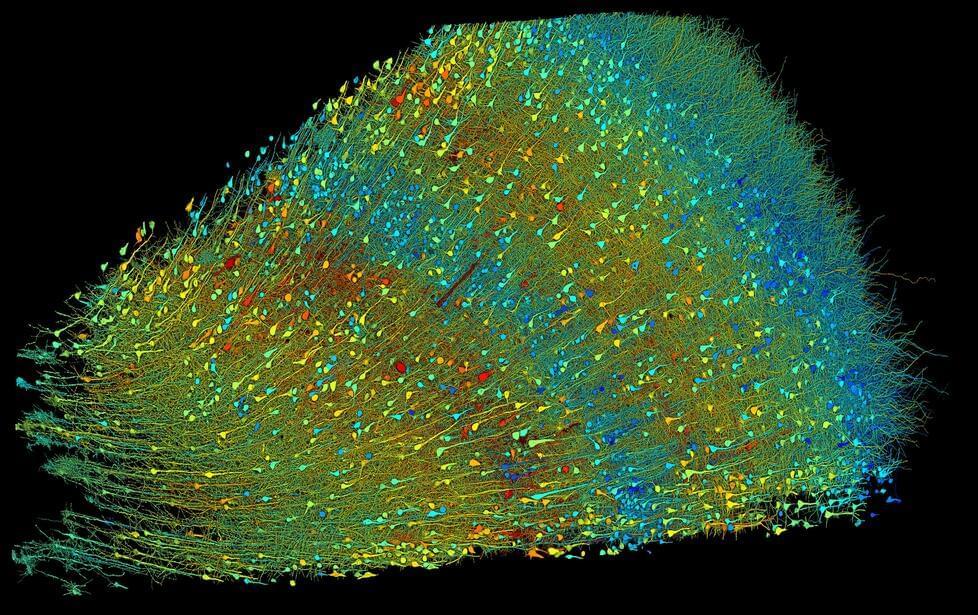Recent experiments might have finally confirmed the existence of glueballs, particles made entirely of gluons.
“We employed this configuration for the first time to characterize the signal field emerging from a resonantly excited plasmonic sample,” says Francesca Calegari, lead scientist at DESY, physics Professor at Universität Hamburg and a spokesperson of the Cluster of Excellence “CUI: Advanced Imaging of Matter.”
The difference of the reconstructed pulse with plasmon interaction to the reference pulse allowed the scientists to trace the emergence of the plasmon and its fast decay which they confirmed by electrodynamic model calculations.
“Our approach can be used to characterize arbitrary plasmonic samples in ambient conditions and in the far-field,” adds CUI scientist Prof. Holger Lange. Additionally, the precise characterization of the laser field emerging from nanoplasmonic materials could constitute a new tool to optimize the design of phase-shaping devices for ultrashort laser pulses.
Artificial intelligence (AI) has progressed at an astounding pace over the last few years. Some scientists are now looking towards the development of artificial superintelligence (ASI) – a form of AI that would not only surpass human intelligence but would not be bound by the learning speeds of humans.
But what if this milestone isn’t just a remarkable achievement? What if it also represents a formidable bottleneck in the development of all civilizations, one so challenging that it thwarts their long-term survival?
This idea is at the heart of a research paper I recently published in Acta Astronautica. Could AI be the universe’s “great filter” – a threshold so hard to overcome that it prevents most life from evolving into space-faring civilizations?
By analyzing images made of colored dots created by quantum simulators, ETH researchers have studied a special kind of magnetism. In the future this method could also be used to solve other physics puzzles, for instance in superconductivity.
Not ideal!
In January, multi-hyphenate billionaire Elon Musk announced that his brain-computer interface startup Neuralink had successfully implanted a wireless brain chip into a human subject for the first time.
Over the next couple of months, 29-year-old Noland Arbaugh was shown moving a cursor with his mind, playing Civilization VI and even a fast-paced round of Mario Kart.
But as the Wall Street Journal reports, there have been complications behind the scenes. After it reached out to Neuralink, the company conceded in a blog post that there have been issues with the implant.
The newly-discovered cells help shed light on how the liver repairs itself after damage.
Each CRISPR system has two parts: a strand of RNA that matches the target and a protein that makes the edit. The most commonly used protein for gene editing is called “Cas9,” but scientists have discovered CRISPRs with other proteins that give them unique capabilities — while CRISPR-Cas9 slices through DNA, for example, CRISPR-Cas13 targets RNA.
Our current CRISPR gene editors are far from perfect, though. They can make edits in the wrong places or edit too few cells to make a difference, so researchers are constantly on the hunt for new CRISPR systems.
AI-designed CRISPR: Up until now, that hunt has been limited to the CRISPRs that have been discovered in nature, but Profluent has used the same types of AI models that allow ChatGPT to generate language to develop an AI platform that can generate millions of CRISPR-like proteins.
Tumors that move to the brain are difficult to treat because of the brain-blood barrier that separates the brain from the rest of the body.
Sylvester Comprehensive Cancer Center researchers have developed a nanoparticle that could one day be used to treat brain metastases.
Reconstruction of 1 mm3 of human brain (at 1.4 petabytes of EM data) published by @stardazed0 (@GoogleAI) & Lichtman lab.
Paper: https://science.org/doi/10.1126/science.adk4858
Blog:
Marking ten years of connectomics research at Google, we are releasing a publication in Science about a reconstruction at the synaptic level of a small piece of the human brain. We discuss the reconstruction process and dataset, and we present several new neuron structures discovered in the data.









